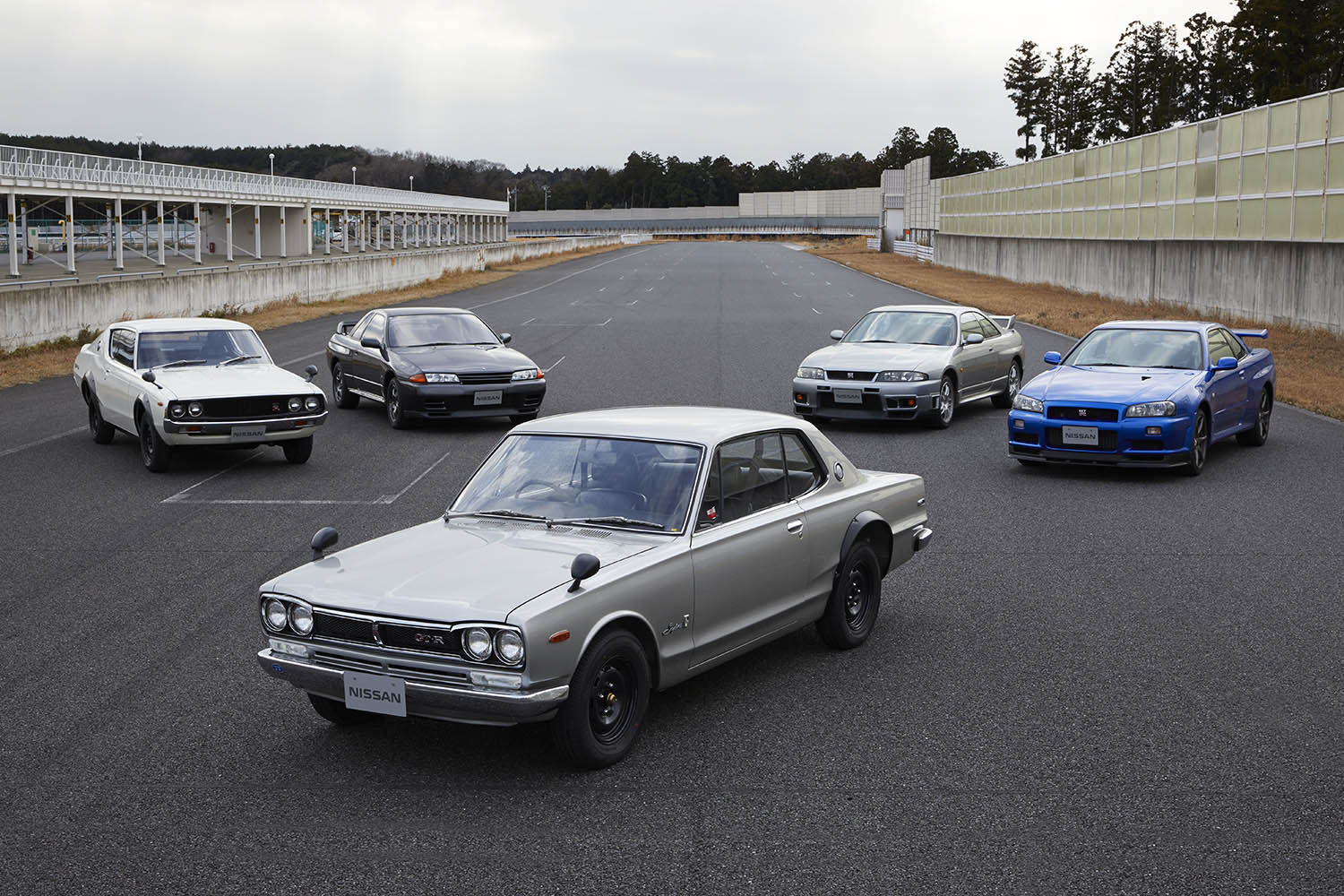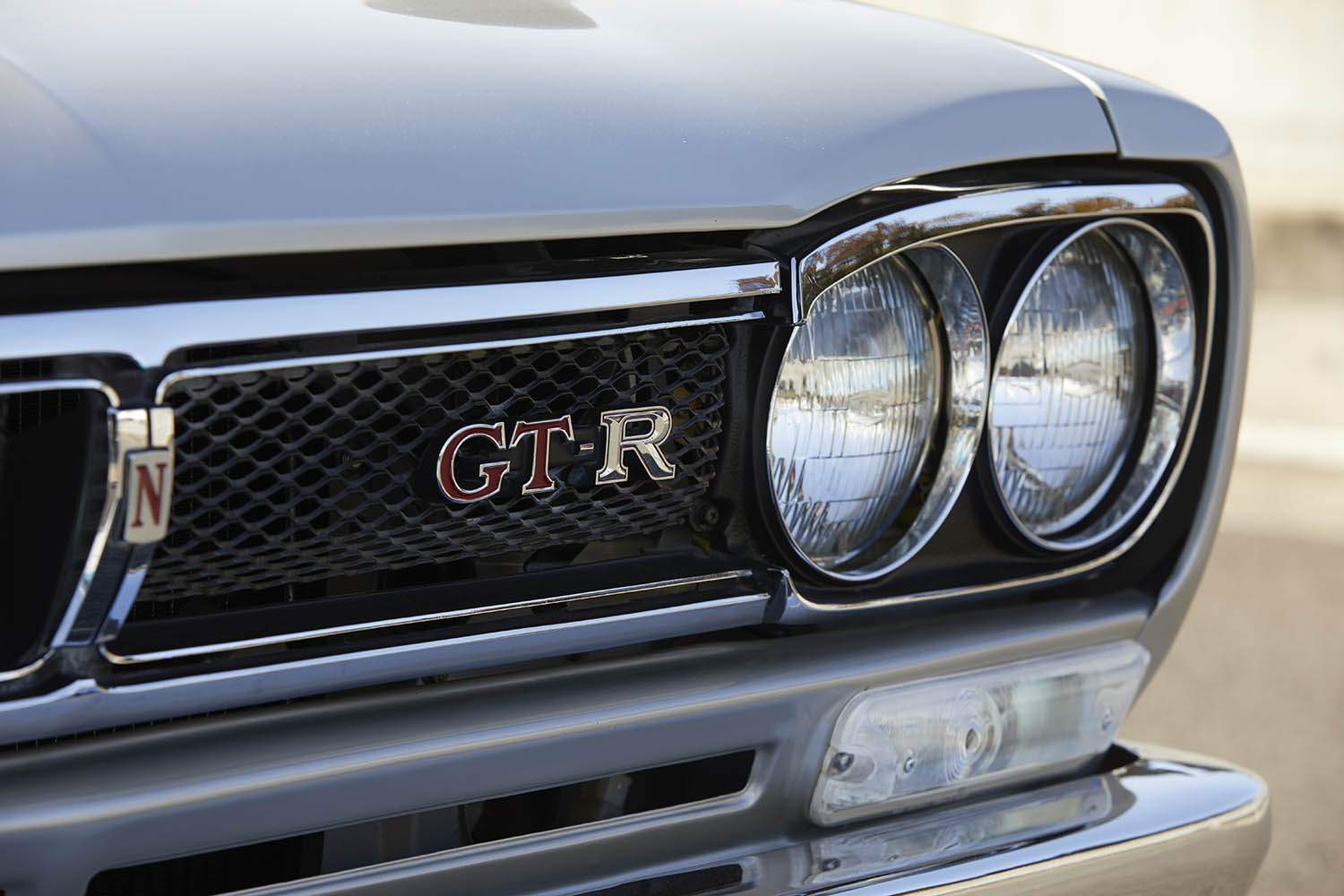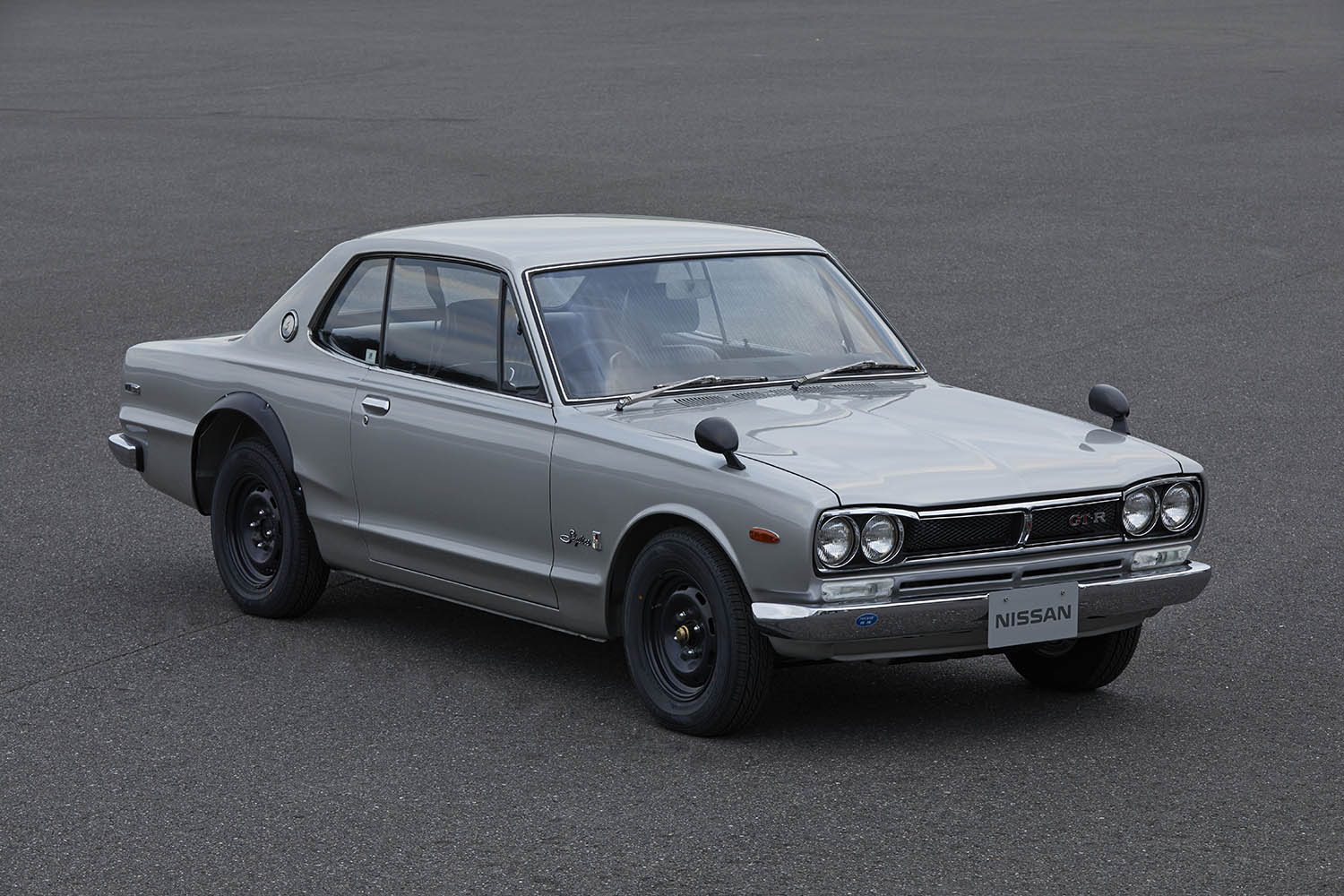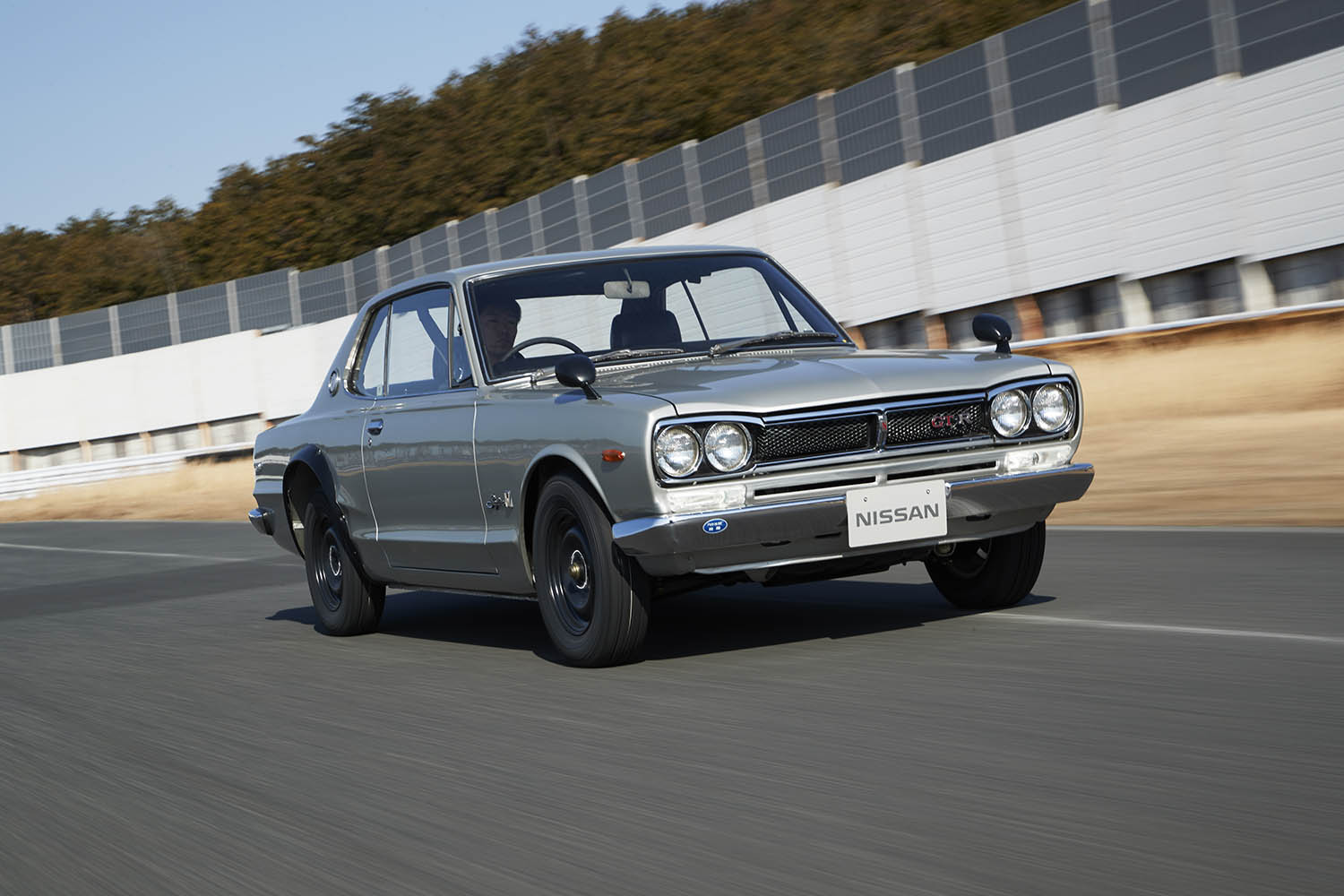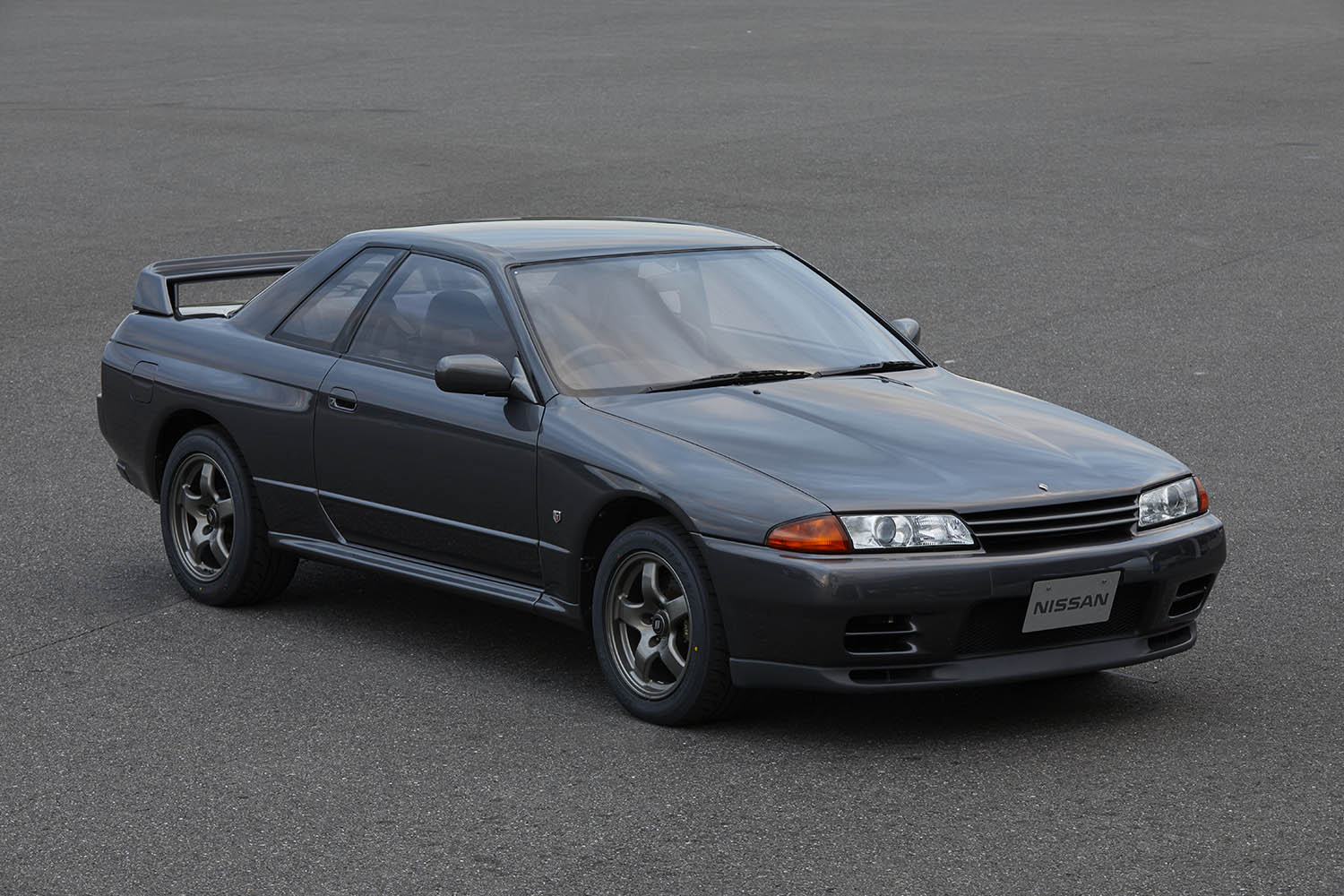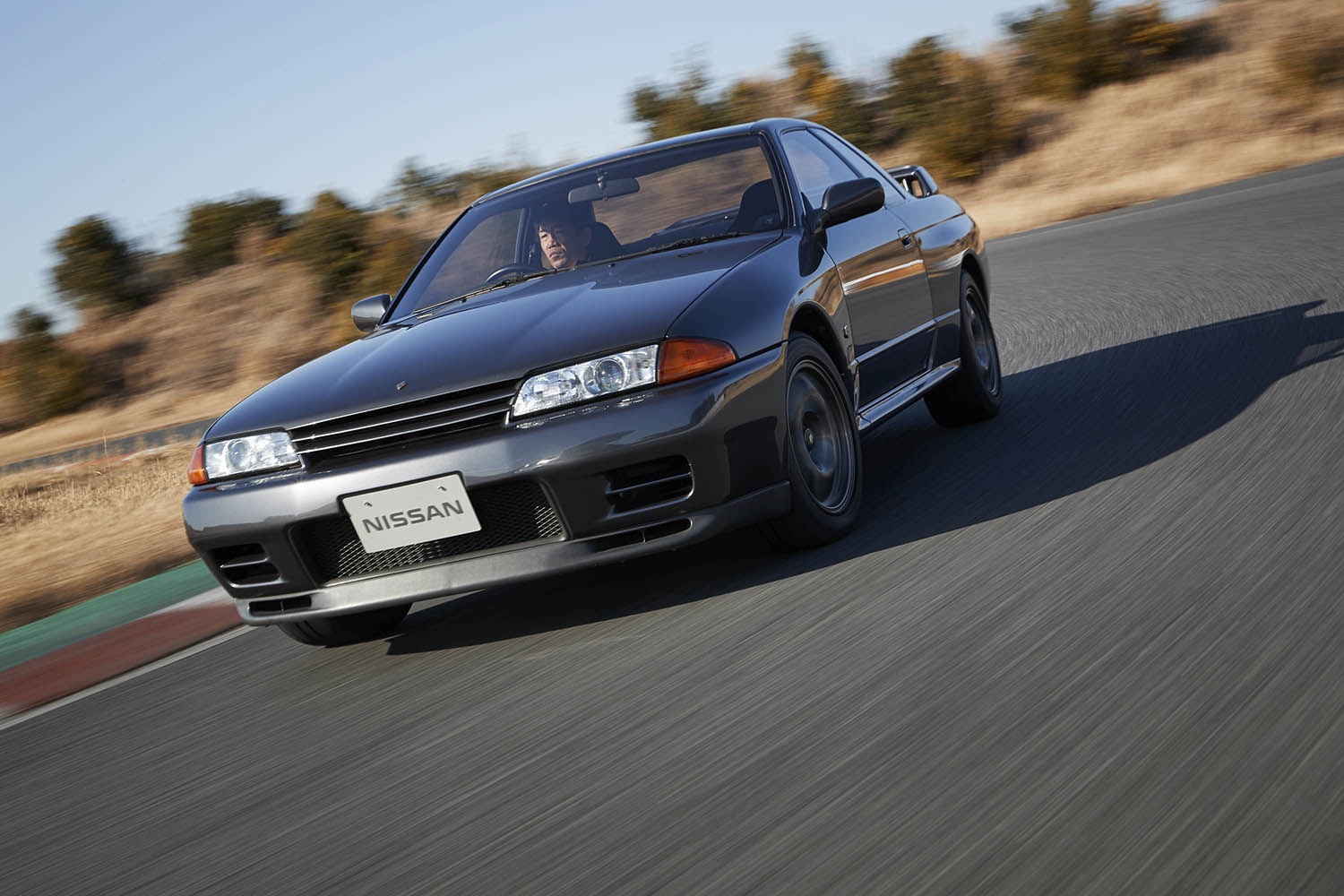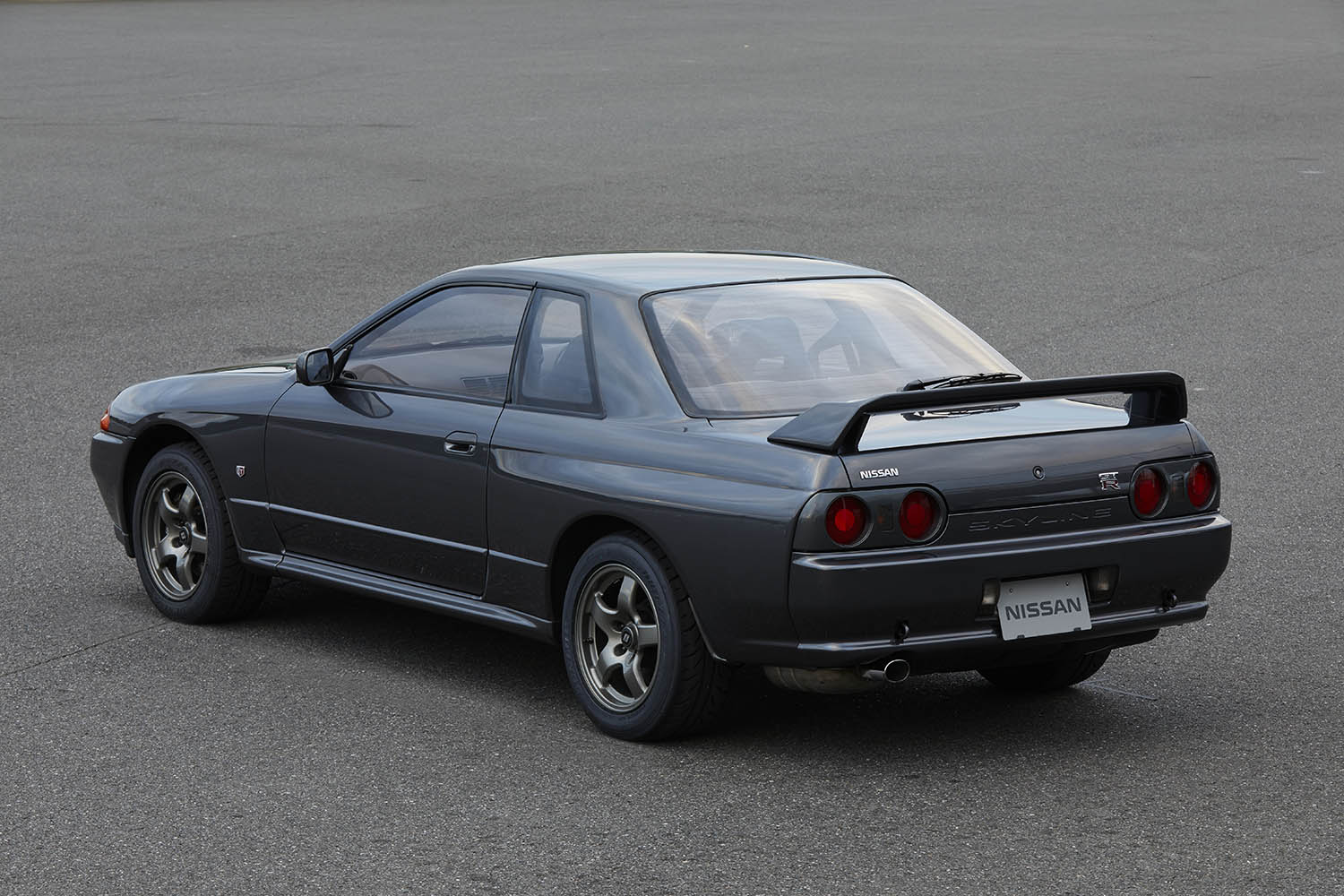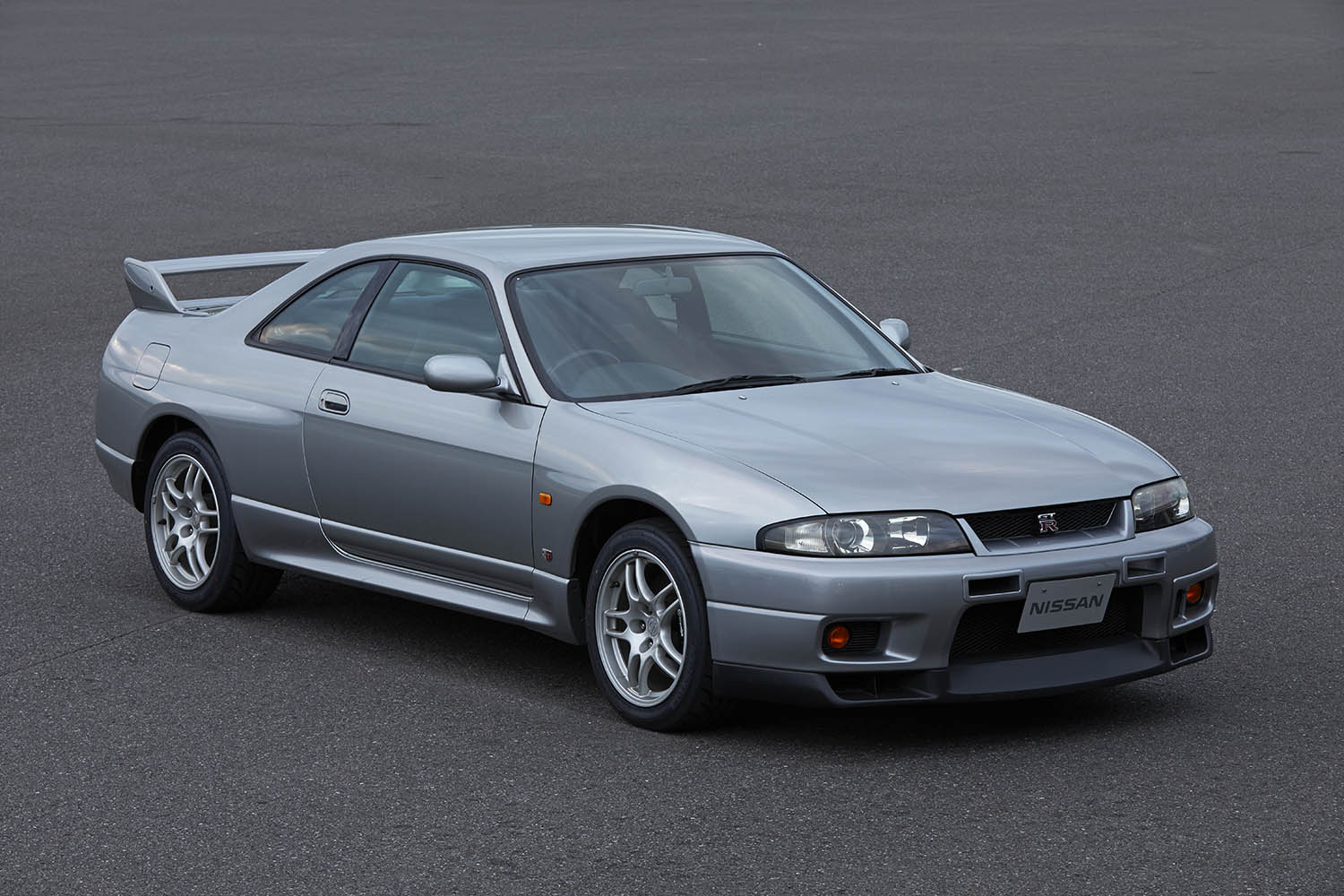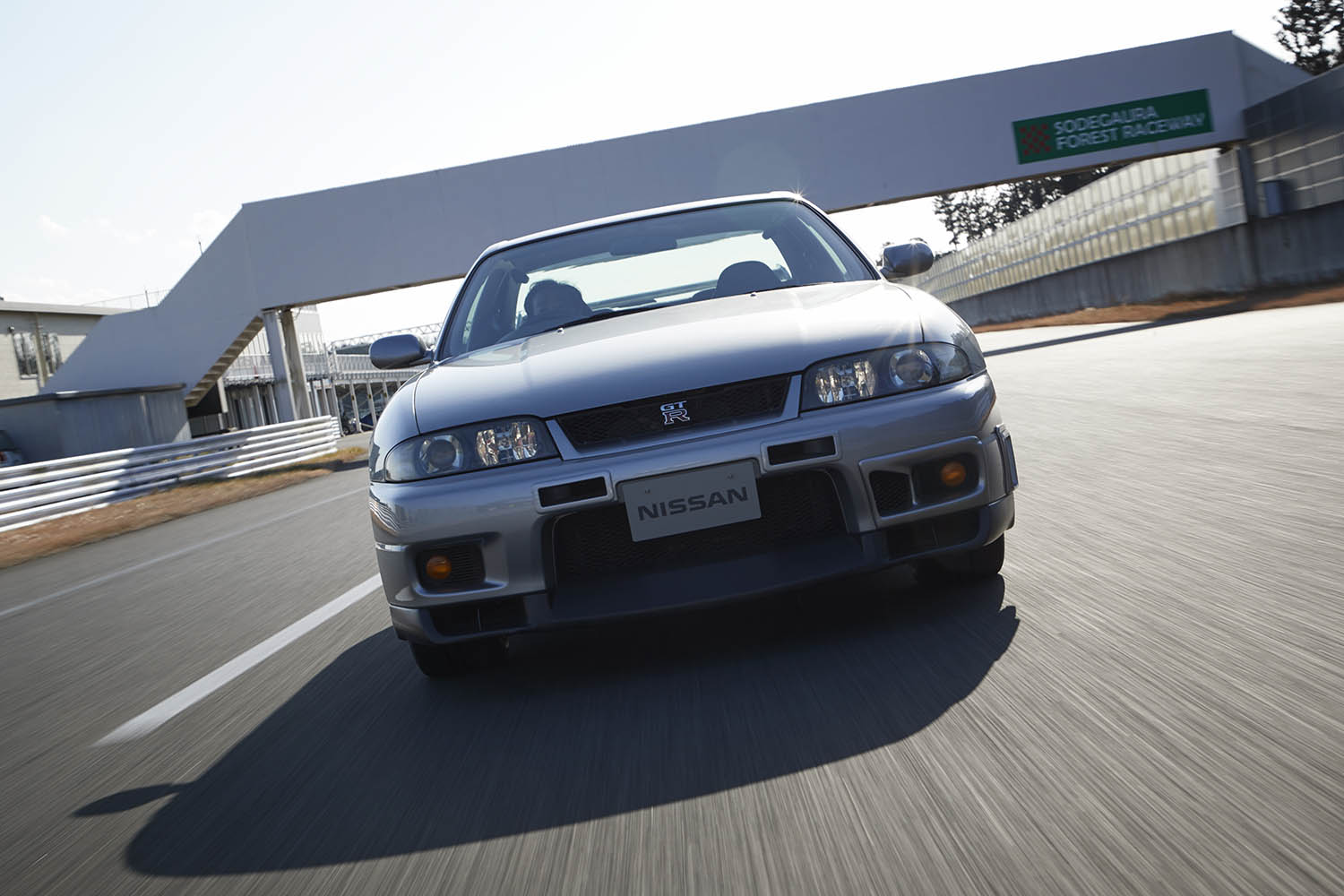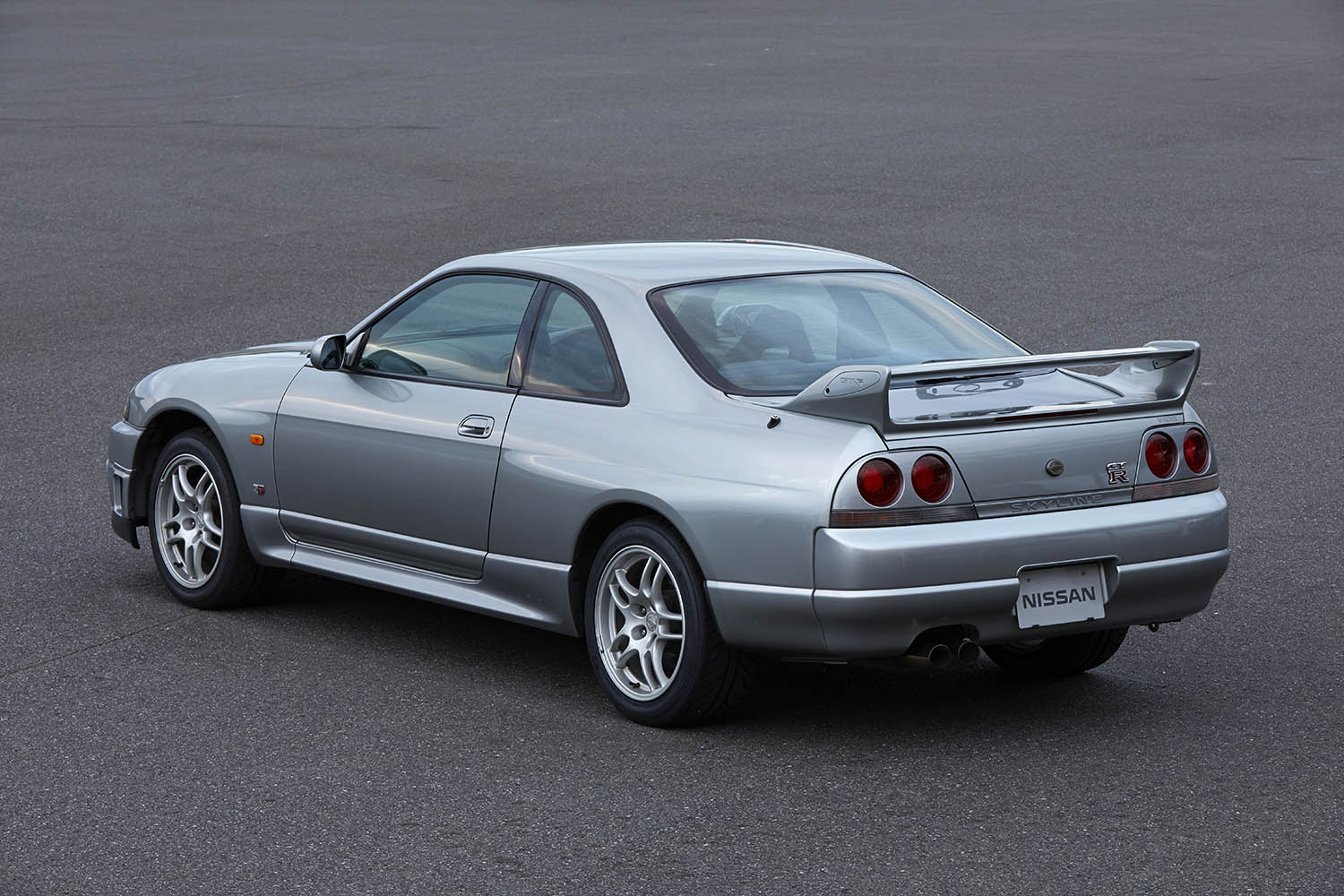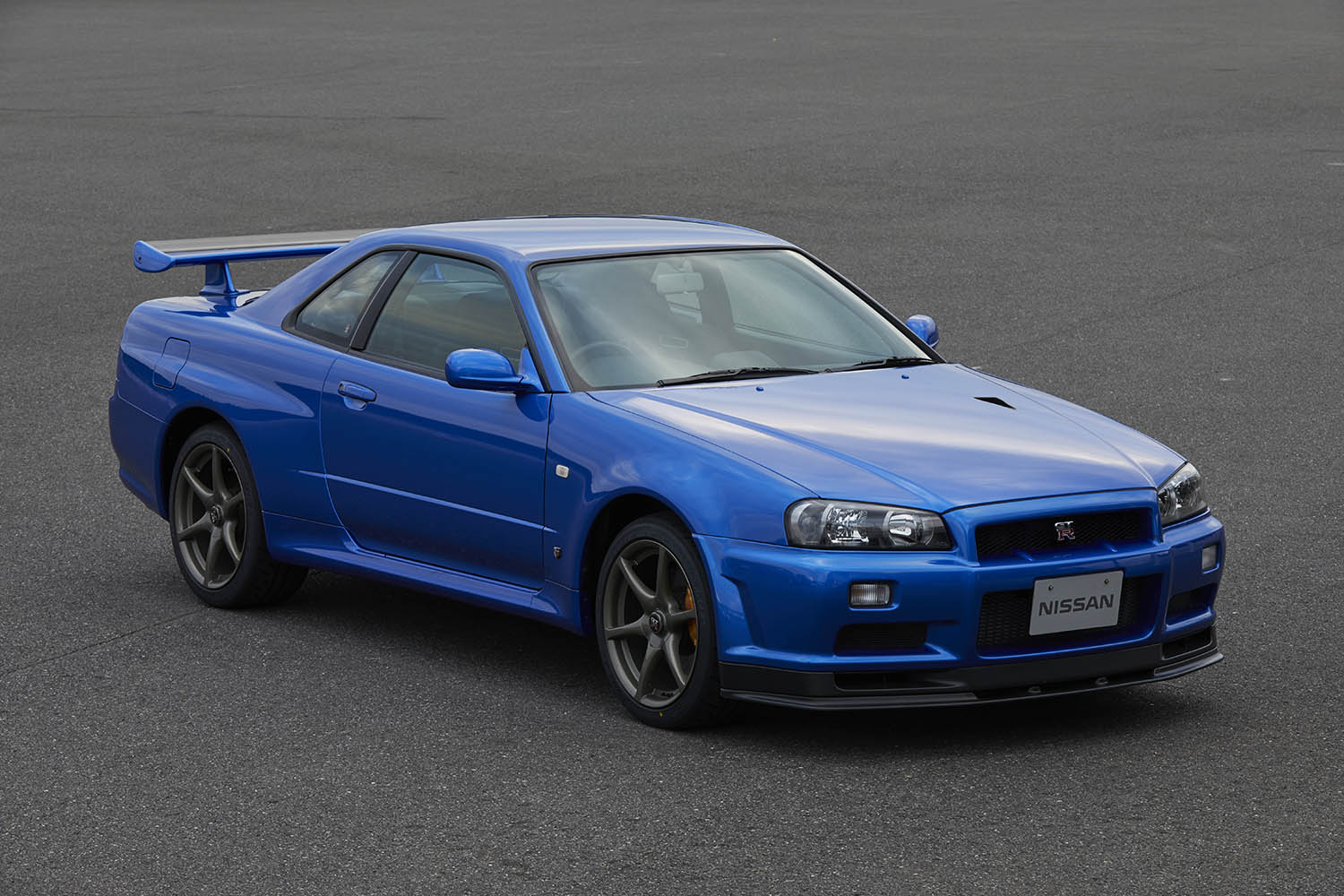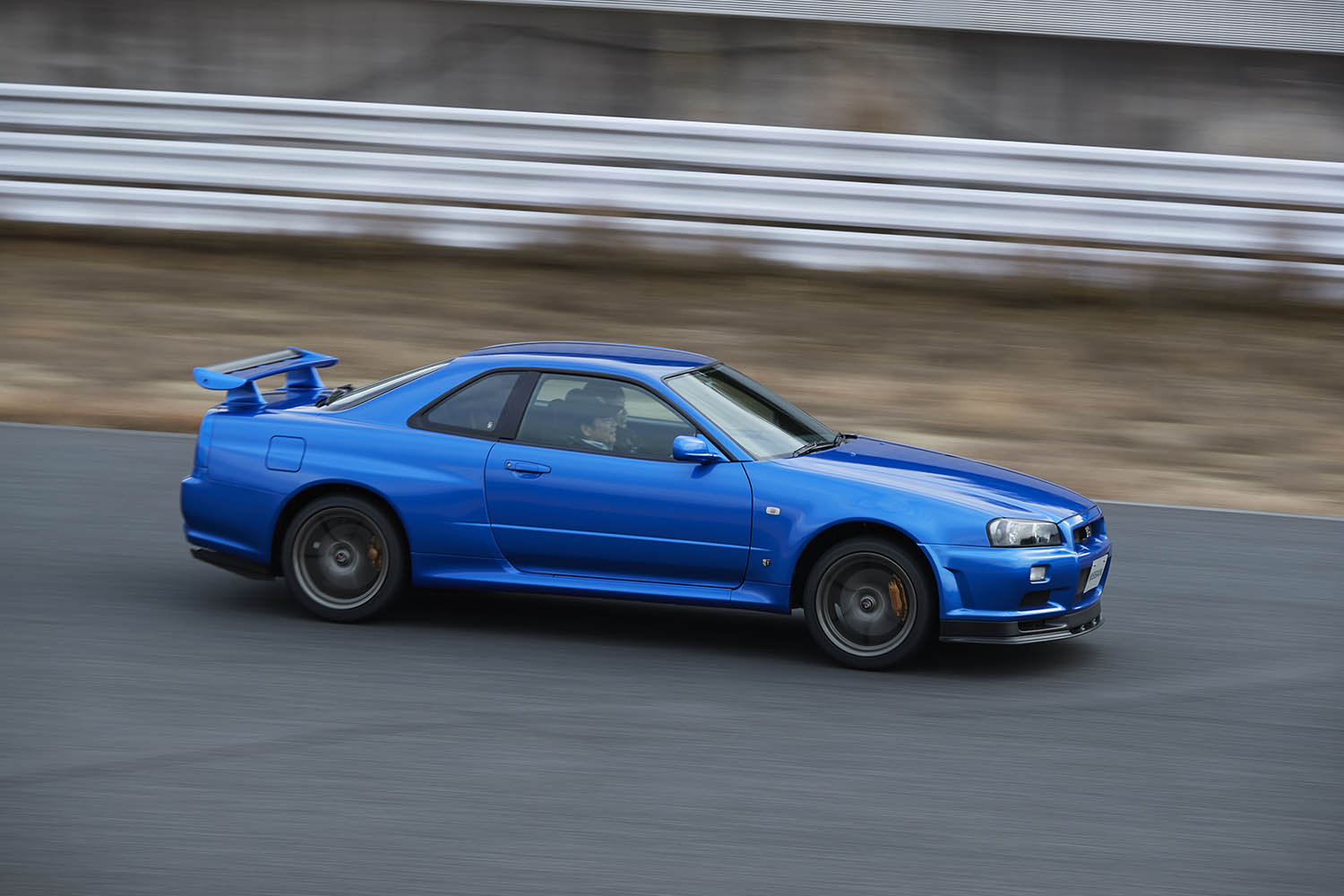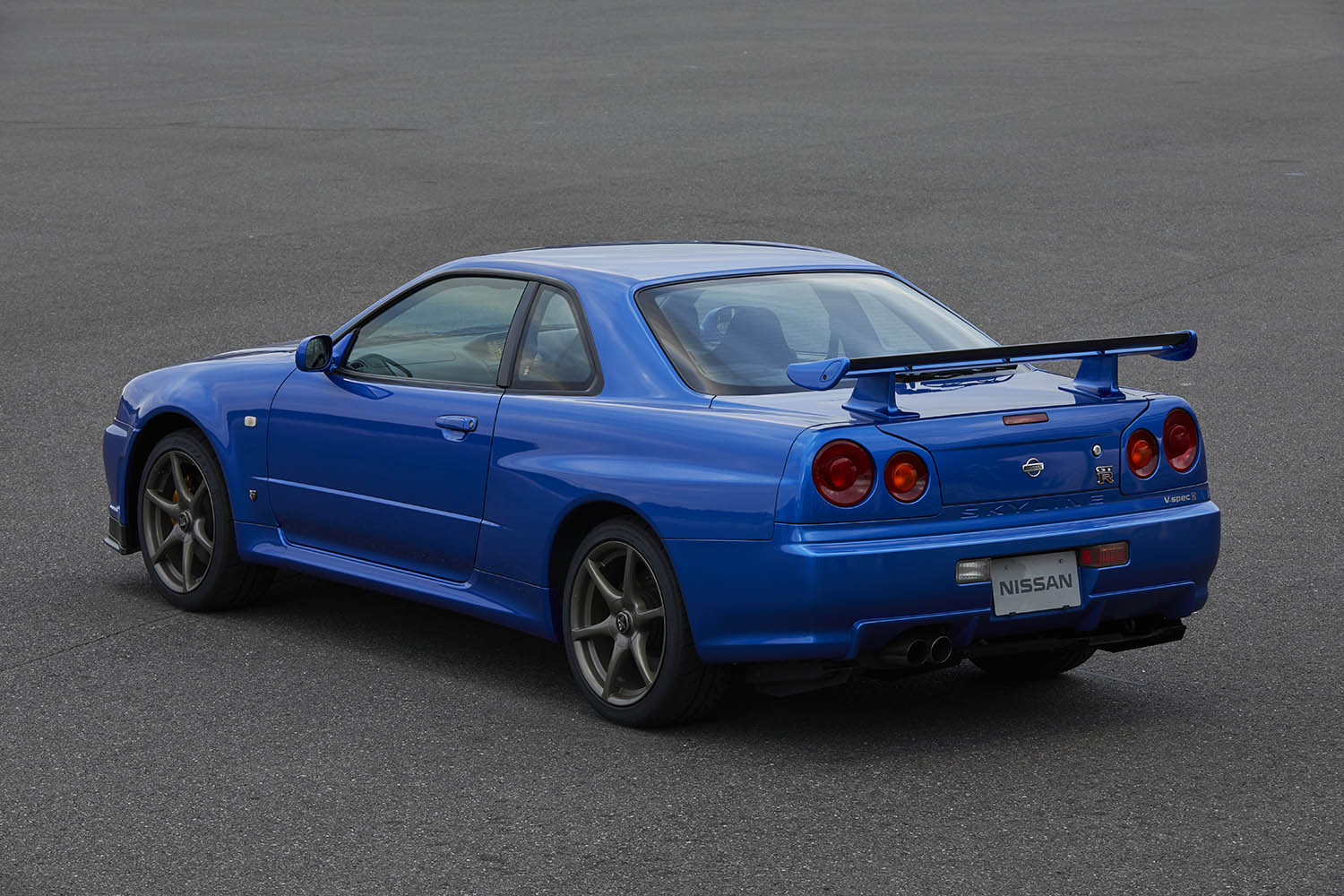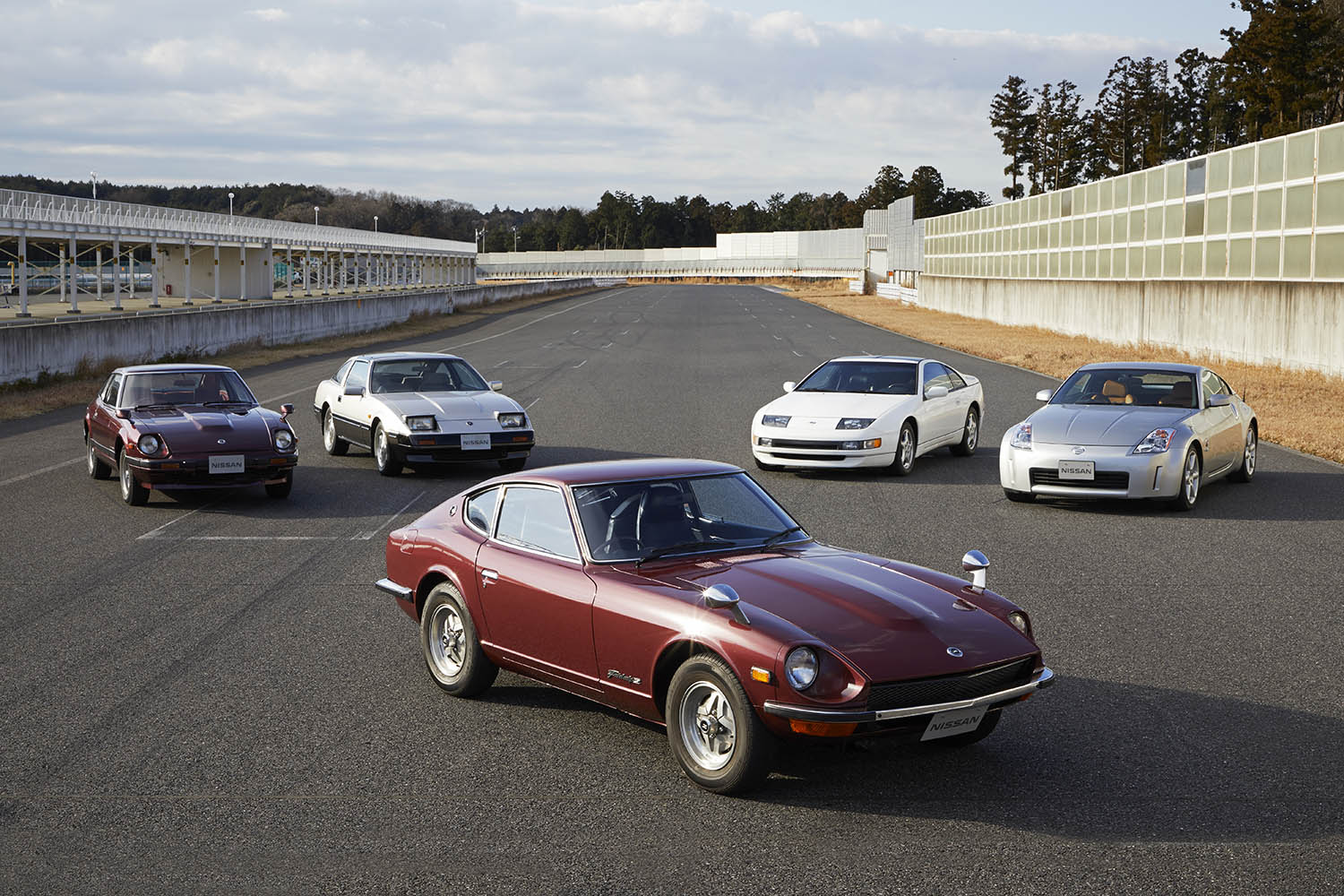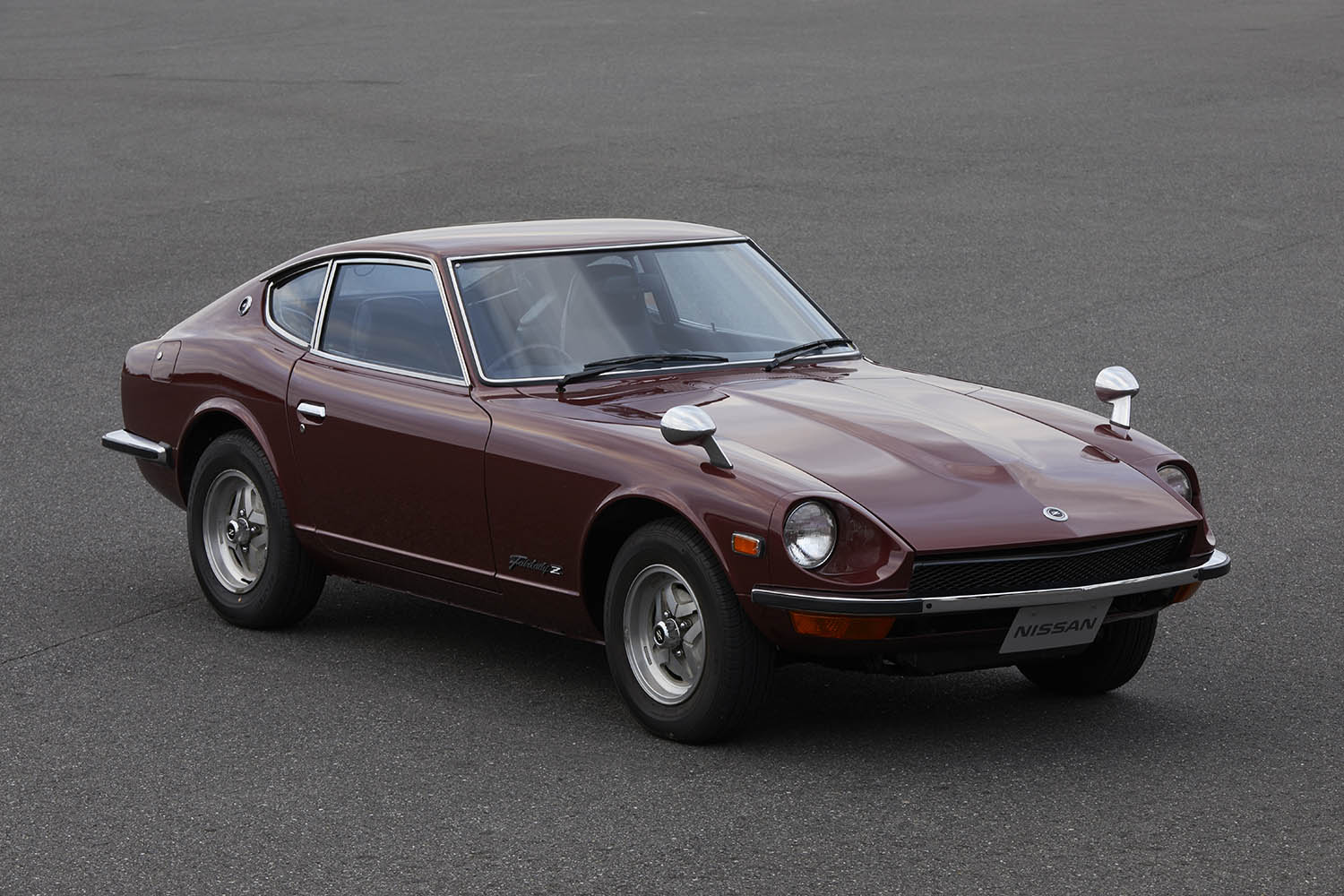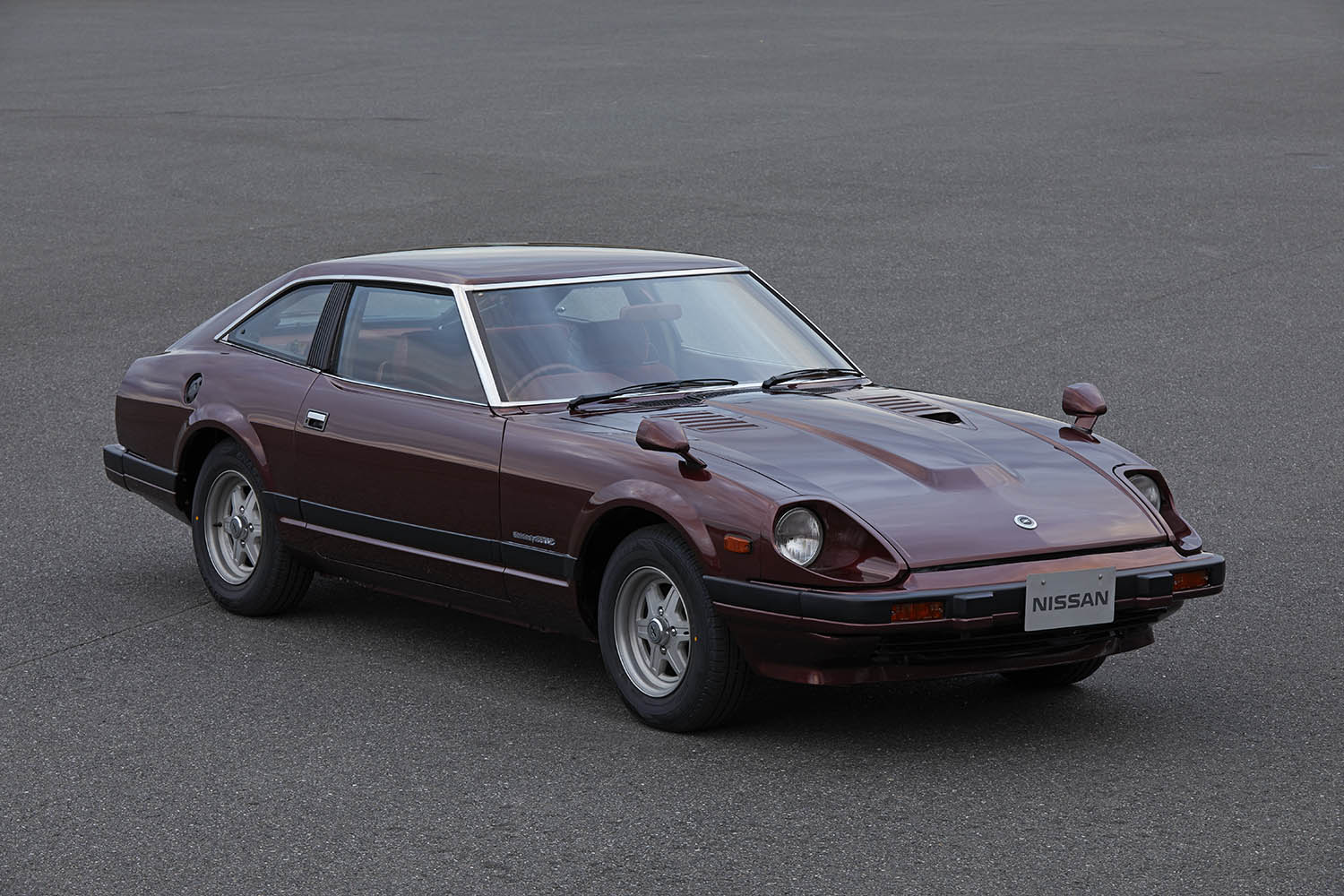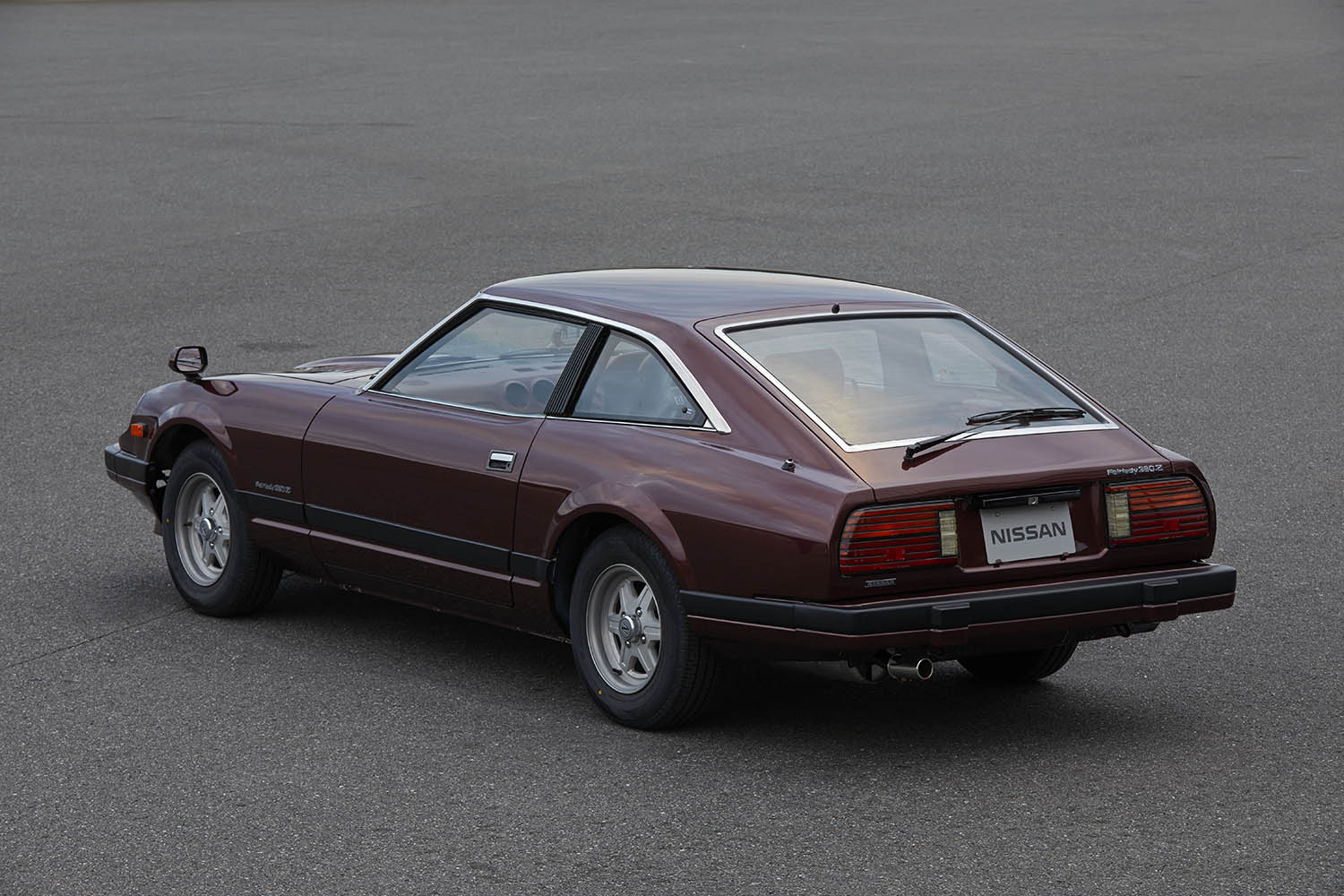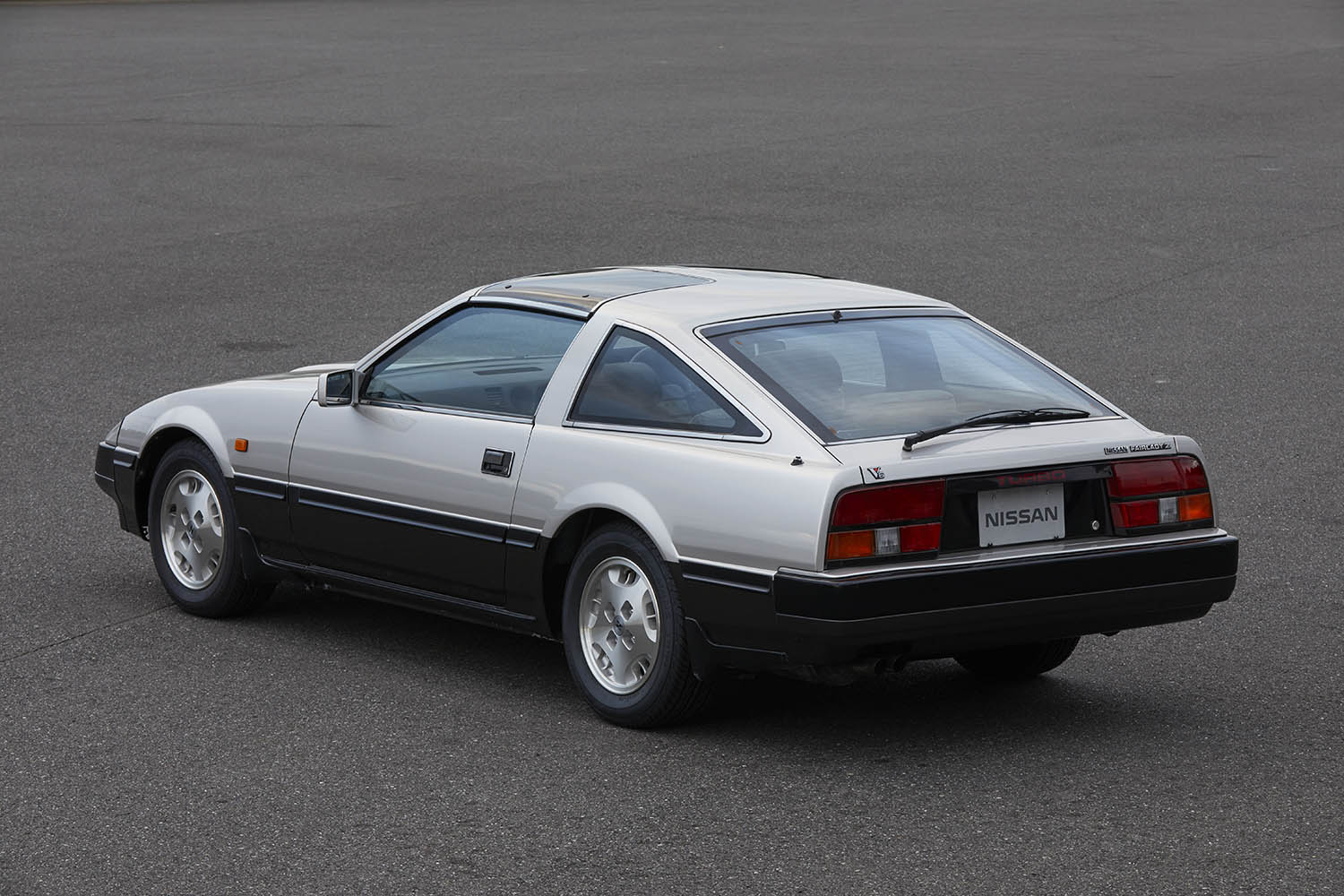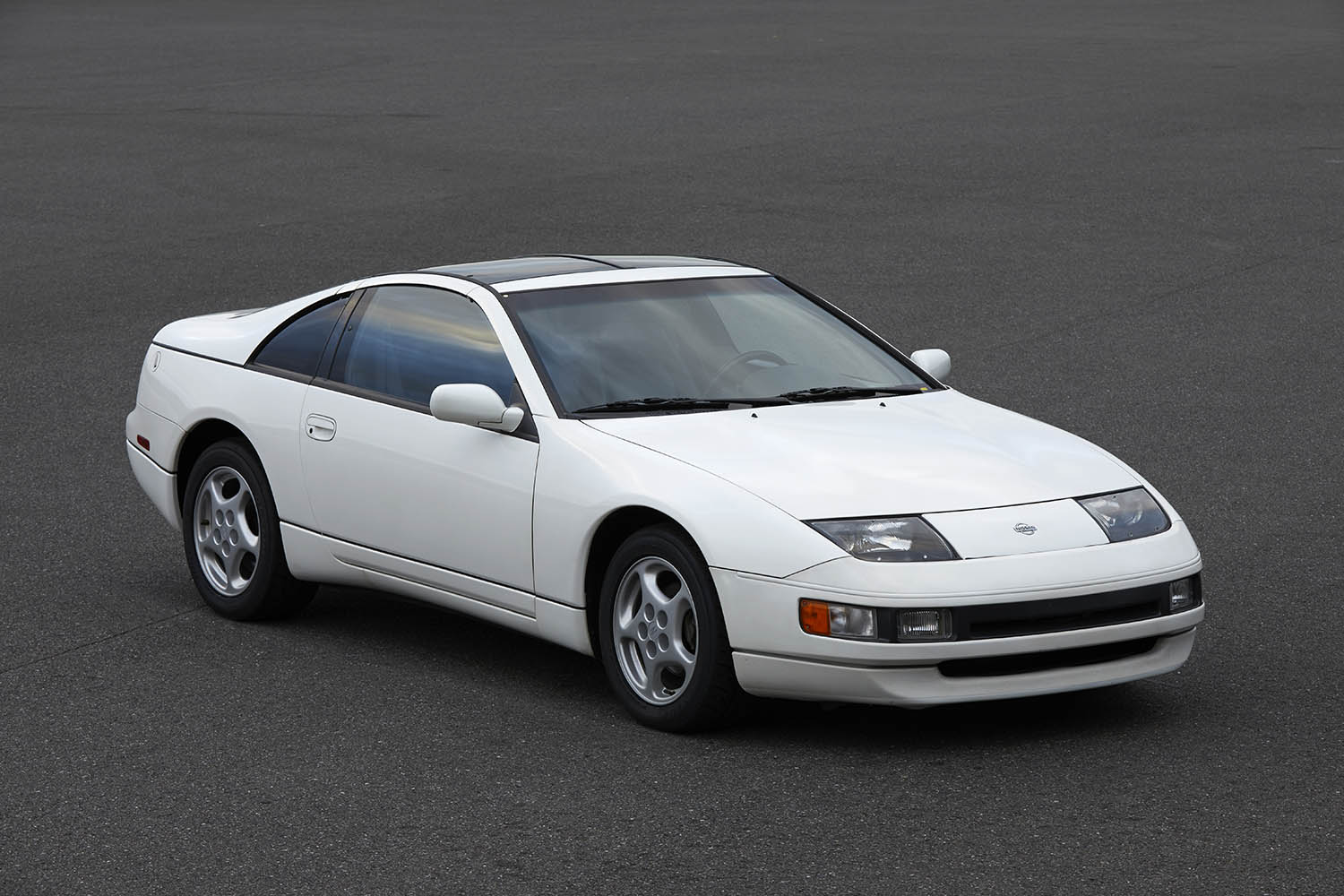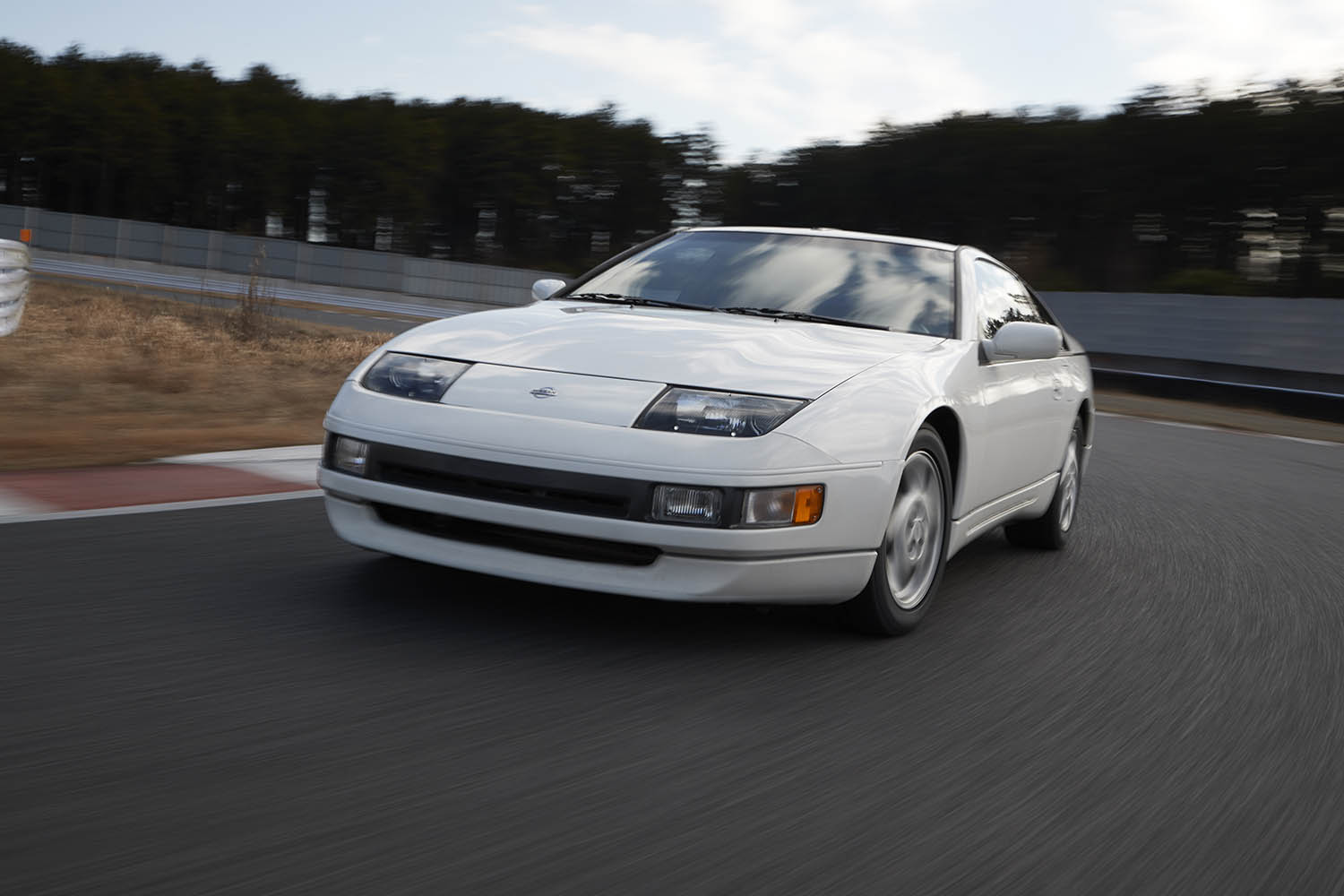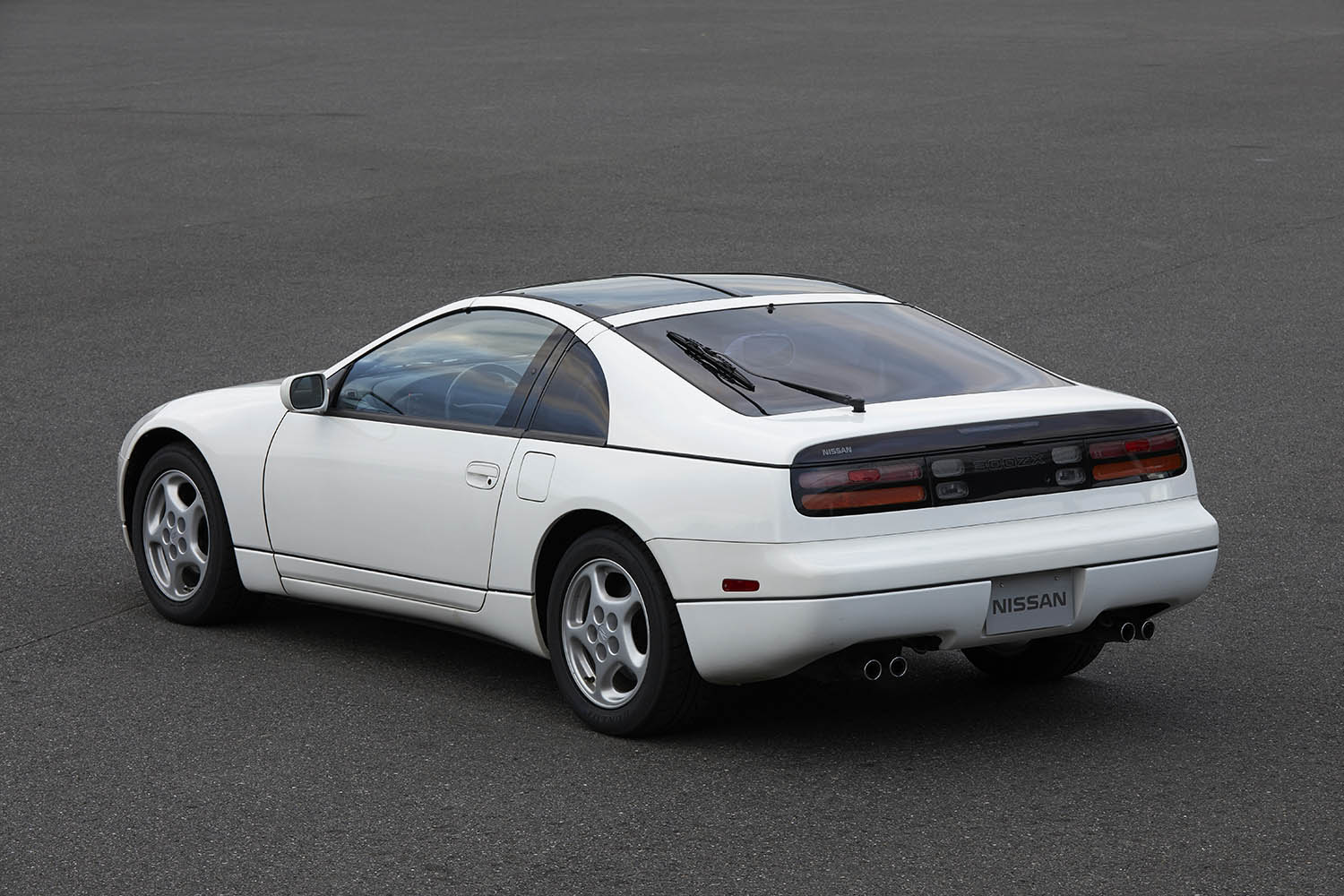50 years of Nissan's GT-R and the Z cars
This year sees Nissan celebrate the 50th anniversary of not one, but two of it’s most famous sporting models, the GT-R and the Z.
The GT-R
Few vehicles in the world can be instantly identified by just three letters. But to motoring enthusiasts everywhere, ’GT-R’ has become synonymous with excitement, high performance and unparalleled technology. The first car to wear the GT-R nameplate was the Skyline GT-R which was produced between 1969 and 1972. It enjoyed legendary success in Japanese touring car racing. This model was followed by a brief production run of second-generation cars, during 1973.
After a 16-year hiatus, the GT-R name was revived in 1989 for the R32 Skyline GT-R. This model GT-R proceeded to win the Japanese JTCC Group A series championship four years in a row. The R32 GT-R also had success in the Australian Touring Car Championship helping the R31 Skyline GTS-R to victory in 1990 and winning alone in 1991 and 1992, until a regulation change excluded the GT-R in 1993.
The Skyline GT-R became the flagship of Nissan performance, showcasing many advanced technologies including the all-wheel drive and four-wheel steering systems. Production of the Skyline GT-R ended in August 2002 and was replaced by the R35 GT-R, an all-new vehicle based on the V36 Skyline platform. Although visibly different, the two vehicles share similar design features and were manufactured in the same factory.
In 2007, the Nissan GT-R was unveiled by the Japanese manufacturer. This was it’s successor to the Nissan Skyline GT-R, although no longer part of the Skyline range itself, that name now being used for Nissan's luxury-sport market.
The Z cars
The original Z car was launched in 1969 as the Nissan Fairlady Z in Japan, to keep the car in line with the previous generation Datsun Sports roadster, but was exported as the Datsun 240Z. The Japanese Fairlady Z featured a 2.0 litre straight-six engine producing 130 hp, while the exported 240Z featured a 2.4 litre engine that produced 151 hp.
The 260Z was released in 1974; it featured a bigger engine, 2.6 litres, and was available as a 2+2 model with a slightly longer wheelbase. The 280Z was released in 1975 in North America, not to be confused with the 280ZX, and featured another engine size increase to 2.8 litres. Export markets outside North America continued to receive the Datsun 260Z until the introduction of the Datsun 280ZX at the end of 1978.
Known as the 280ZX in export markets, the car continued to use the ‘Fairlady’ moniker in the Japanese domestic market where 2-litre engines were also available and was first introduced in 1978. The only thing left unchanged from the previous 280Z was the 5-speed manual transmission and 2.8-litre L28 inline-6 engine, while the entire car overall was made more luxurious to meet growing consumer demands. Major changes for this new generation of Z-cars include t-tops, introduced in 1980, and a turbocharged model introduced in 1981, complementing the naturally aspirated 2-seater and 2+2 models.
The 280ZX was wildly popular and set a Z-car sales record in its first year. While on the one hand, it received praise for taking the Z-car to further levels of comfort and performance, many enthusiasts also lamented the further emphasis on luxury over driving fun. This would continue with the third generation of Z-car, with a clean-sheet redesign that would take the Z-car to further heights.
The Z-car was completely redesigned in 1984, and introduced Nissan's new series of 3.0-litre V6 engine. It was available in both naturally aspirated and turbocharged forms, and showcased in sleek new wedge-shaped styling. It’s new name was the 300ZX. Like its predecessor, it proved to be hugely popular. When the 300ZX Turbo was released in Japan, it offered the highest power output available in a Japanese standard production car at the time. Much like the 280ZX that preceded it, the first-generation 300ZX was thought by enthusiasts as more GT than a true sports car.
Nissan utilised the Cray-II supercomputer to completely design the second generation 300ZX with a form of CAD software. This made the 300ZX one of the first production cars to be developed in a CAD program. In return, it featured a whole host of technological advancements. On the twin turbo models, four-wheel steering was available. Like previous generations Nissan offered a 2+2 model with the Z32. All 300ZXs now featured T-tops as standard, yet there were some rare hardtops produced as well.
In the summer of 2002, the 350Z was released to wide acclaim. It employed a slightly improved version of the 3.5-litre V6 engine found in multiple Nissan cars at the time, including the Skyline and Pathfinder. The 350Z coupé was available in 5 trim packages: '350Z' (Base), 'Enthusiast', 'Performance', 'Touring', and 'Track' editions. In Europe, only the 'Track' trim was available. Coupled to either a 6-speed manual gearbox or 5-speed automatic, it was initially available only as a 2-seater hardtop. A convertible model was later introduced in 2004. At the end 2008 the 370Z was introduced followed a year later by the 370Z Roadster.


